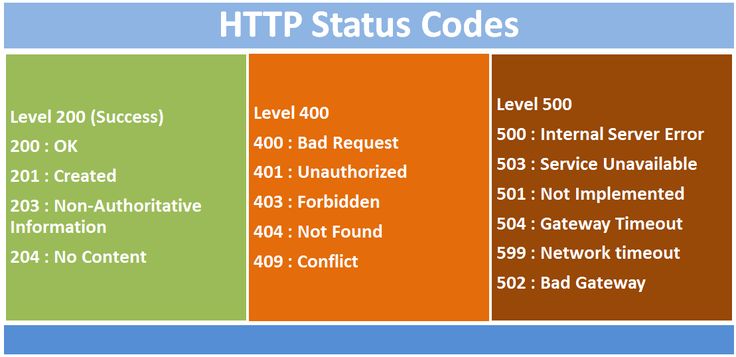Menu

Understanding Seekvector HTTP response codes is critical for keeping your website healthy and search-engine friendly. HTTP response codes are messages sent by your server to a browser or search engine, indicating the status of a requested page. When used correctly, they guide both users and search engines. However, incorrect or broken responses can hurt rankings, reduce crawl efficiency, and damage the user experience. For example, a 404 error tells Google the page doesn’t exist, while a 301 redirect points to a new page. In this guide, you’ll learn the importance of response codes, how they impact SEO, and how Seekvector can help you detect and fix issues fast.
Search engines rely on HTTP status codes to understand your site’s structure. Wrong codes can:
Block Search Engines – Errors like 500 can prevent pages from being indexed.
Waste Crawl Budget – Repeated 404 or redirect loops slow down Googlebot.
Hurt Rankings – Broken pages reduce site trust and authority.
Confuse Users – Visitors may leave if they encounter errors.
💡 Example: If a product page returns a 404 instead of a 301 to a newer product, you lose both traffic and ranking power.
Here are the most important codes you should know:
200 OK – Page loaded successfully.
301 Moved Permanently – Redirect to a new permanent URL.
302 Found (Temporary Redirect) – Short-term redirect.
404 Not Found – Page doesn’t exist.
410 Gone – Page removed intentionally.
500 Internal Server Error – Server issue preventing the page from loading.
503 Service Unavailable – Server temporarily overloaded or down for maintenance.
How Seekvector Helps Fix Response Code Issues
Seekvector offers tools to detect, analyze, and fix problematic HTTP status codes:
Site-Wide Crawls – Identify pages returning errors or improper redirects.
Redirect Mapping – Ensure 301s point to relevant destinations.
Error Prioritization – Tackle the most damaging SEO issues first.
Server Monitoring – Detect downtime before it impacts search rankings.
Example: One site using Seekvector reduced 404 errors by 85% in a week, leading to a 12% increase in organic traffic.
Follow these steps to keep your crawl health strong:
Always Redirect Old URLs – Use 301s for permanent changes.
Avoid Redirect Chains – Keep it one hop from old to new page.
Fix 404 Errors Quickly – Replace with relevant redirects or content.
Monitor Server Health – Prevent 500-level errors.
Use 410 for Removed Pages – Signal intentional deletion.
While Seekvector is powerful, combining it with other tools boosts accuracy:
Google Search Console – Identify crawl errors.
Screaming Frog SEO Spider – Detailed crawl reports.
GTmetrix – Performance checks that also detect certain errors.
Also, check our Seekvector Site Speed Optimization Guide to ensure both speed and crawl health.
Seekvector HTTP response codes management ensures that your website delivers the right signals to search engines and users. By fixing broken links, avoiding redirect loops, and monitoring server health, you improve SEO, save crawl budget, and boost user satisfaction. Don’t let errors slow your growth — start monitoring and fixing your site’s response codes today. Visit Seekvector to get started.